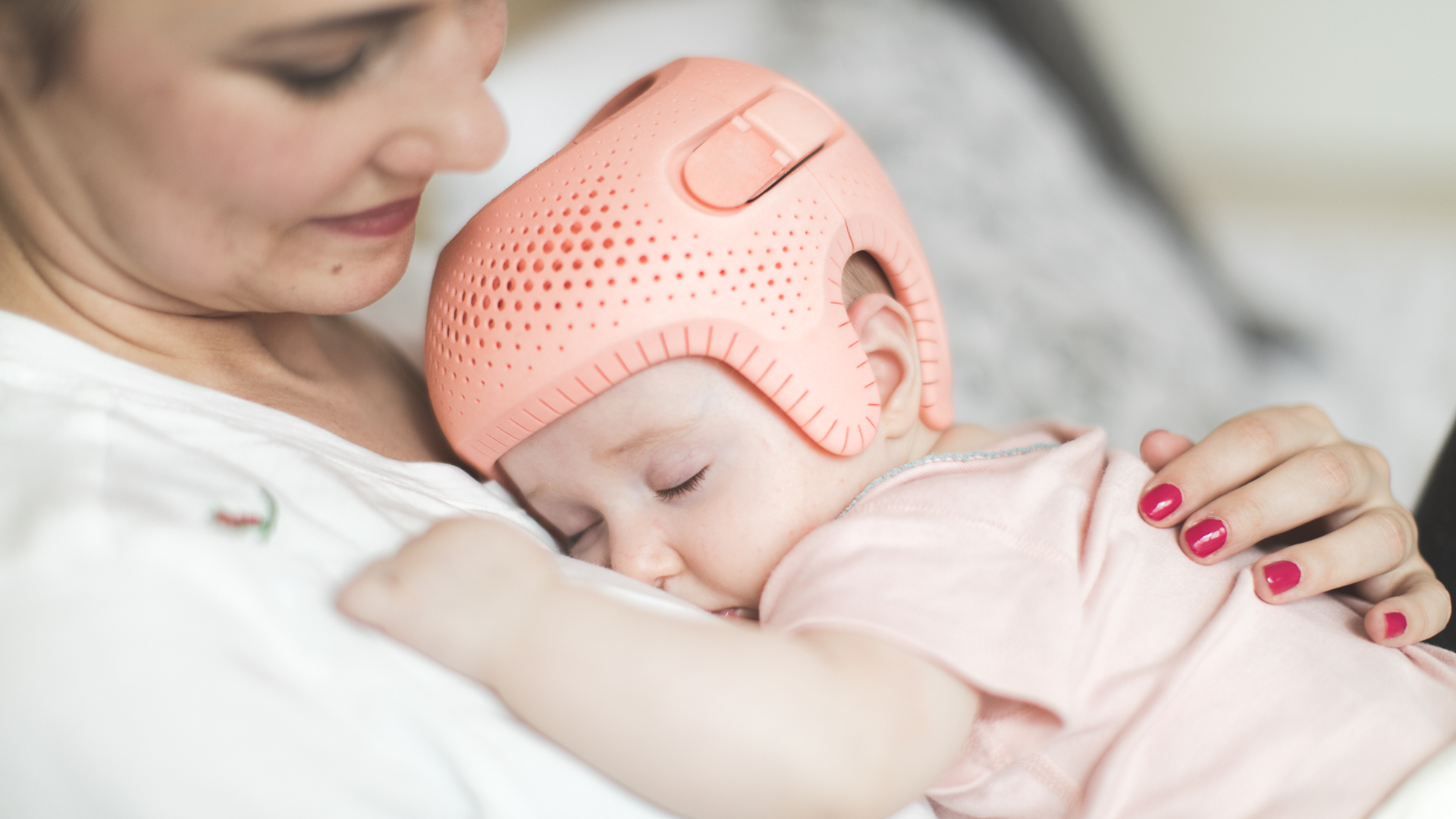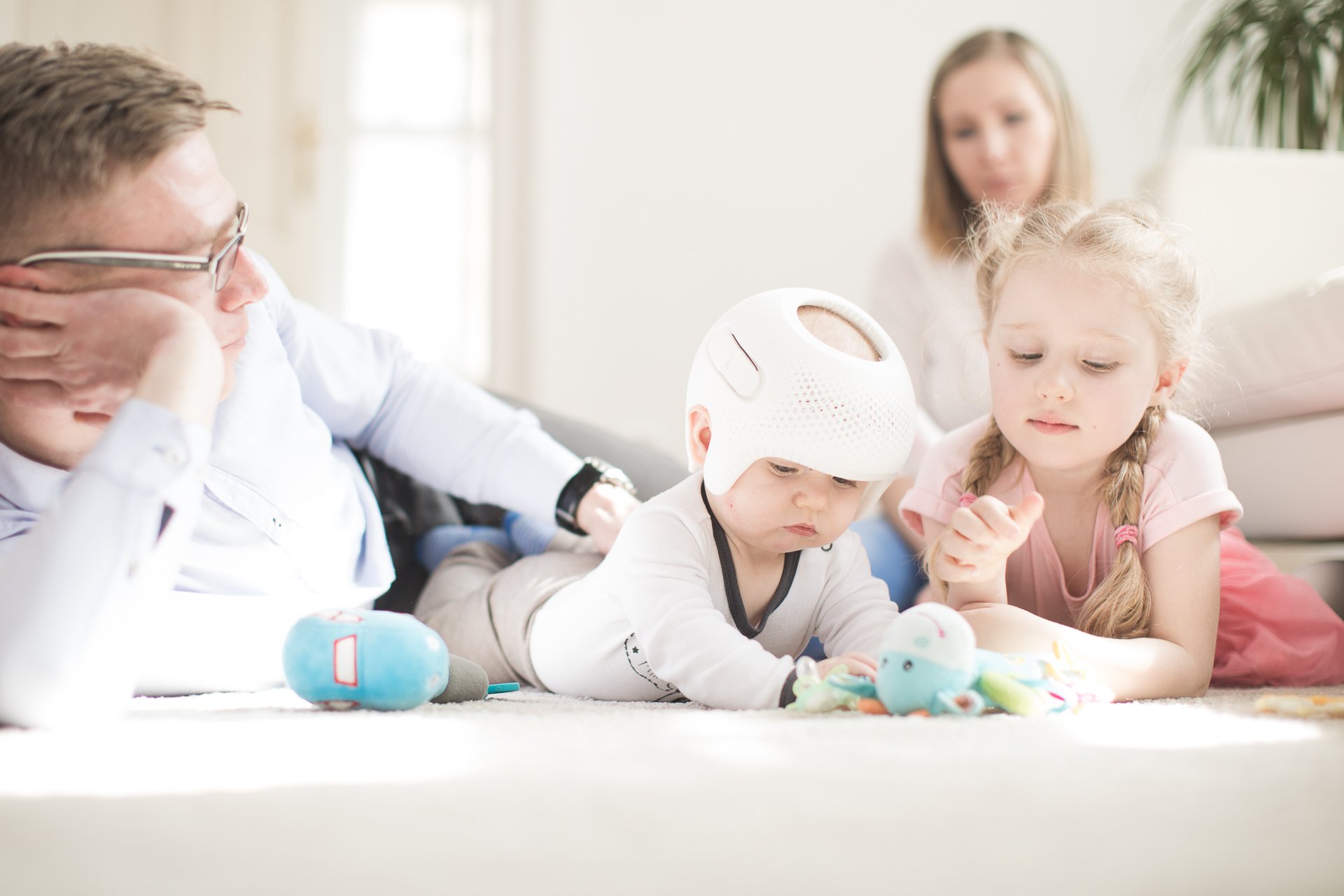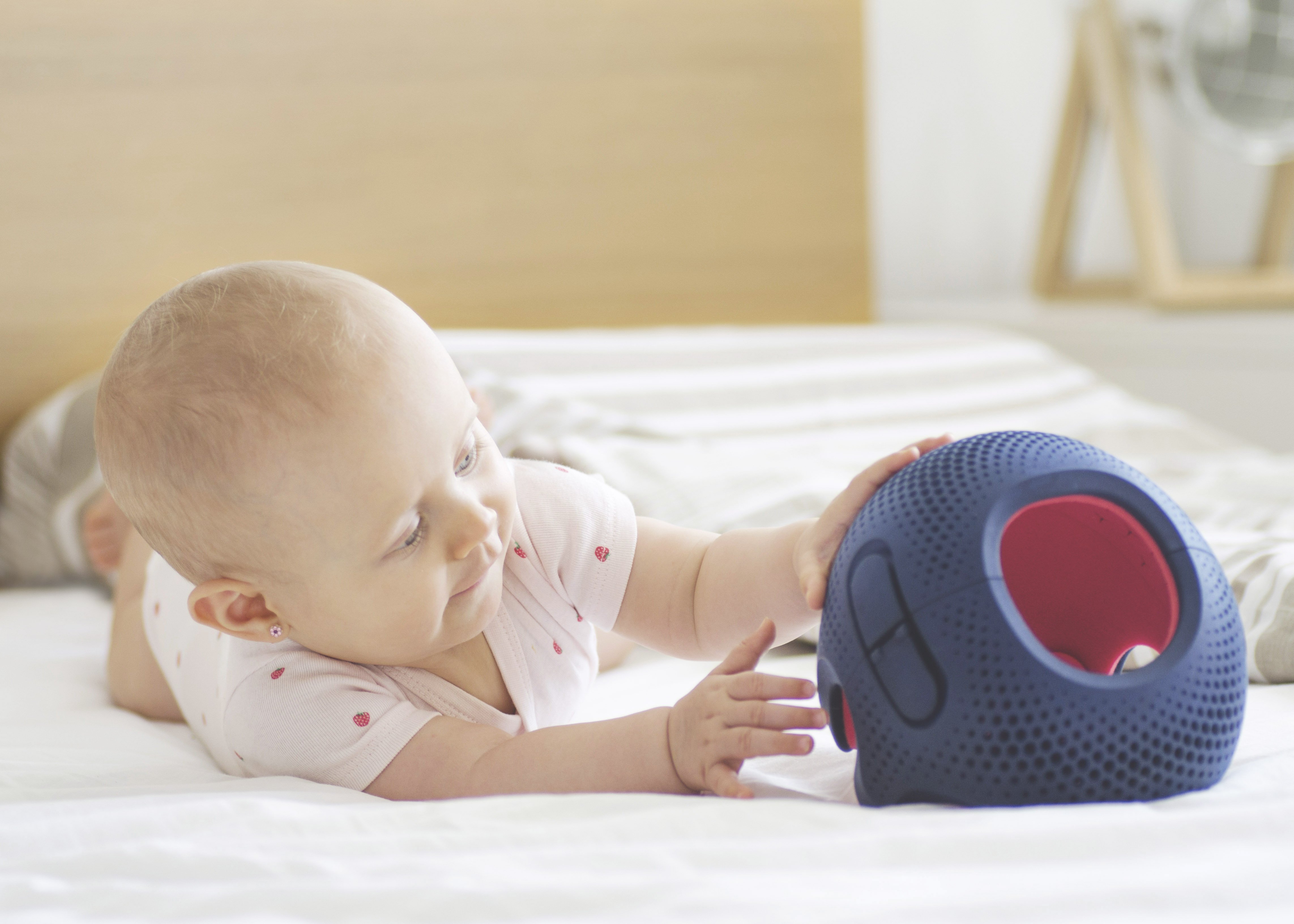
Is Plagiocephaly Cosmetic Rather than Medical? (And If So, Why Bother With Treatment?)
The majority of children with plagiocephaly are unable to get helmet treatment on the NHS. Instead, parents are sent home and told to ‘wait and see’ whether their child’s condition will or will not improve on its own. Conversely, American babies are offered helmet therapy as a standard intervention for moderate to severe skull flattening. This begs the question: is plagiocephaly purely cosmetic as British medical institutions claim, or could it be associated with developmental issues? And even if it is ‘just’ cosmetic, could this cause problems in itself? This post investigates the research that has been carried out to date, and answers some of the questions you might have if your baby has a flat head.
Is Plagiocephaly Just Cosmetic?
Research investigating whether plagiocephaly is ‘just’ cosmetic or whether it is associated with other problems suggests that, when left unmonitored and untreated, there is an increased risk of psychomotor and educational delays. However, the cause and effect relationship cannot be established, so one cannot say for certain whether plagiocephaly contributes to such problems or vice versa.
Research has investigated the possible linkage between plagiocephaly and conditions that may arise as a result of facial asymmetry. These include mandibular asymmetry (misshaping of the jaw) and otitis media (ear infections) as well as visual defects and orthodontic issues.* While the underlying mechanisms have not been explored, Miller et al. conclude that:
Infants with deformational plagiocephaly comprise a high-risk group for developmental difficulties presenting as subtle problems of cerebral dysfunction during the school-age years.
They point out that further research is required to investigate long-term developmental issues amongst babies with plagiocephaly. This means that, currently, we are unable to answer the question, ‘is plagiocephaly just cosmetic?’, with much clarity. For the time being, parents should be aware of these potential issues and keep a careful eye on their children in case any of them should arise.
What if Plagiocephaly is Just Cosmetic?
When doctors say that plagiocephaly is ‘just’, ‘only’ or ‘merely’ cosmetic, they are essentially saying that there is usually no life-limiting or fundamental disease issue present. However, by dismissing plagiocephaly, they are failing to address the fact that a ‘cosmetic’ head shape deformity can be a problem in itself. Even if plagiocephaly is non-threatening, that doesn’t necessarily mean that nothing should be done about it.
Take the ‘just’ out of this sentence and, yes it is a cosmetic issue. The question then becomes, can or should anything be done to correct this? We all know that people make all sorts of cosmetic changes to their bodies, using makeup, hair styling, tattoos, piercings, tooth bracing and even surgery to achieve a certain look. These are self-image decisions that adults make. However, unlike adults, young children are unable to voice their opinion over their appearance or ask for help and when they are old enough, they may have missed their opportunity to begin treatment (helmet therapy is only able to help infants under the age of 14 months while the skull is still flexible and growing rapidly).
In that case, what decisions should a parent make on behalf of their baby and how are any of these actions any different to improving a baby’s head shape, which must be done when the infant is very young?
Unlike some of the changes listed above, treatment for plagiocephaly is not started only to reflect popular and cultural trends or to mark oneself out as an individual, but to be part of the normal group. Sadly, our and many other societies view symmetry and normal head shape as attractive personal characteristics. Those who don’t fit into this group can be subject to criticism by their peers as they grow through to adult life.
Emotional and psychosocial issues are only two of the possible long-term effects of plagiocephaly. There are also the more practical issues of the limitations that may be placed upon a person with an asymmetric or abnormally shaped head. They may find difficulties in wearing glasses, certain hairstyles or protective helmets for work or leisure activities. This in turn can limit their career and leisure options and prevents them from following certain trends – again, to the detriment of their confidence.
Whether plagiocephaly is ‘just’ cosmetic or not, treatment may be well worth considering. Our experienced Orthotists at Technology in Motion can assess the severity of your child’s deformity and help you decide whether or not treatment would be the right option. To find out more, book a free consultation or call us on 0330 100 1800.
* Rekate HL. Occipital plagiocephaly: a critical review of the literature. J Online. 1997:1–14. Cited in Long-term developmental outcomes in patients with deformational plagiocephaly. Pediatrics. 2000: 105 2.


